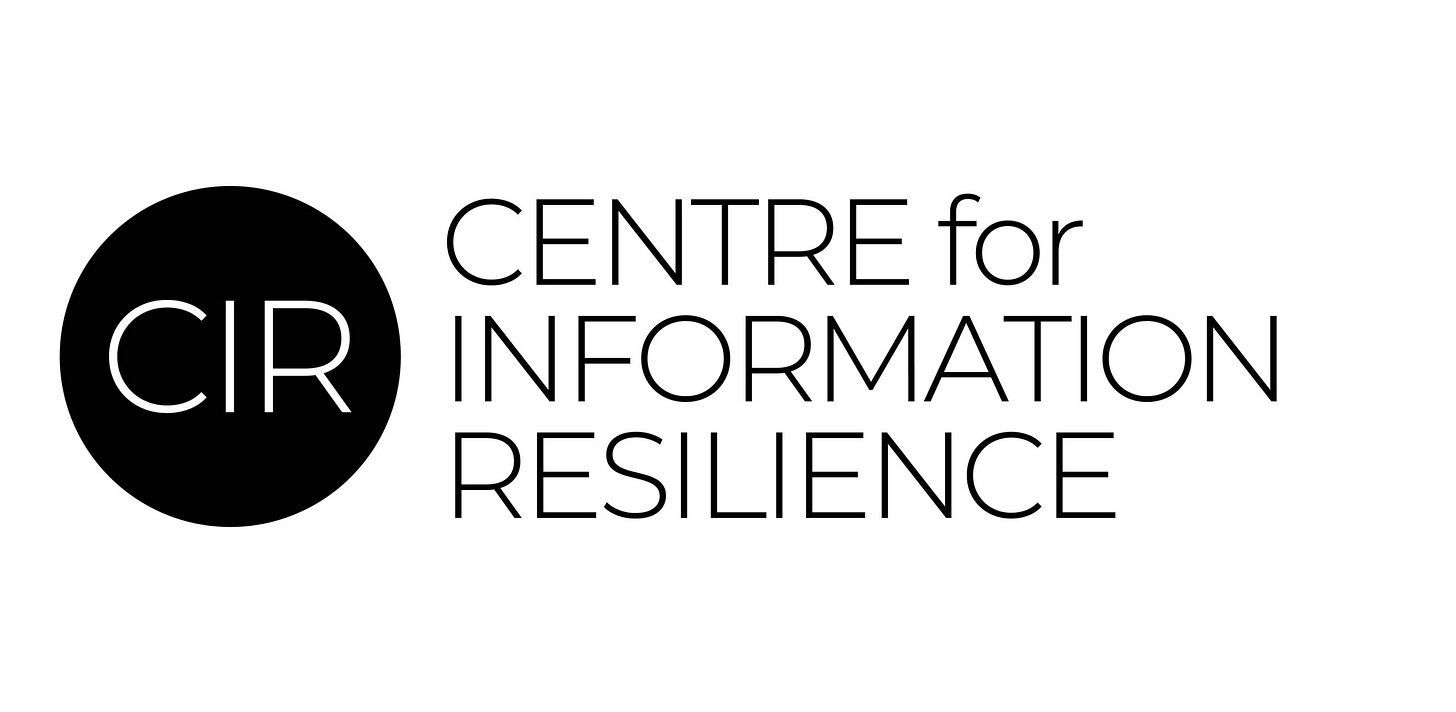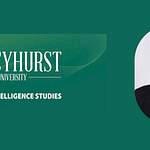Erin Michalak brings a rare blend of scientific training, forensic discipline, and creative thinking to her role as an OSINT investigator at the Centre for Information Resilience.
As part of the Myanmar Witness team, she helps uncover and verify human rights abuses in one of the most underreported conflict zones in the world.
Below, you’ll find highlights from our conversation, edited for clarity and length.
On the most important tools in the toolbelt:
I use very general OSINT tools that you would probably ask any OSINT investigator, and they’d be using the same tools for geolocation, chronolocation, language interpretation, and translation.
Don’t just stick to one tool. Use various tools, or even platforms if you can, like Google Earth, but also look at Satellites Pro — they might have some free Apple Maps on there, or Mapillary, or OpenStreetMap.
It’s really important for locations like Myanmar that don’t have updated satellite imagery. You do need to get creative with where you look for verification, particularly with geolocation.
And I really wanna emphasize FIRMS, Fire Information for Resource Management System. That platform is amazing for the beginning phases of verifying fire data.
On the trauma of reviewing graphic imagery:
It’s something that has been in my training since day one in forensics, so I’m grateful to have vicarious trauma training and burnout training for the last decade.
I personally use an extension called Blur. It blurs images to certain levels, if I’m looking at a ton of social media content that is extremely graphic, and because I do a lot of the extreme graphic analysis on the team, I don’t wanna expose myself to any more. That extension really supports my mental health and allows me to look at the material in my time in a way that’s better.
I make sure that all my video, if I’m looking at videos or any audio, that it’s on mute.
I find audio to be worse for my mental health than images or visual footage. When I hear crying or an animal, that is my weak spot. And my management team knows this.
I’m grateful my team is aware of what are my triggers. It’s really something that is taken very seriously on the team and in CIR.
On finding motivation to do the work:
Myanmar in particular is under-reported. It is drastically under-reported. So working on a project that needs more support, it just fuels me. It makes me wanna work harder and better and more intensely.
But I know that burnout is a natural component of this role, so we do try to monitor as best we can. It comes down to wanting to get others to care about this and to bring justice to those that deserve it.
On advice for OSINT newbies:
What projects are looking for are people that are able to communicate their findings.
Are you able to write about your findings? Do you know how to see patterns? Are you able to understand connections?
So it’s a little bit more critical analysis and writing that you can get from a lot of different avenues and it has nothing to do with a specific focus. It is quite general in that way.
Just start honing in on how you would present something. And start slow. Start with one piece of evidence and build up. And then can you relate it to each other? Can you bring it towards the so what? Why is this important?
If you’re able to do that, you will be very successful in this career path.












